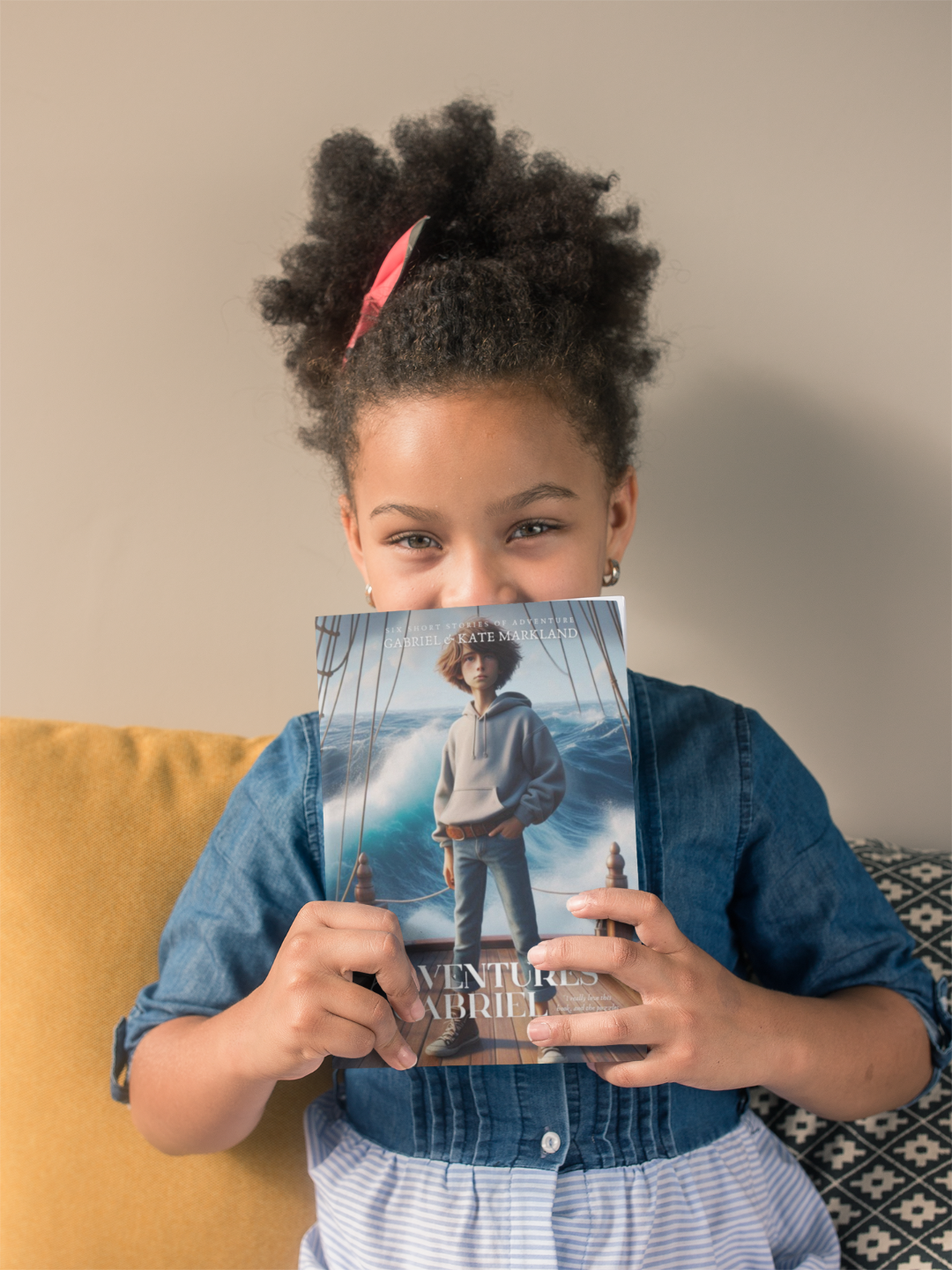Safeguarding Through Storytelling
When Time Is Precious, A Child’s Voice Is the Fastest Protection!
The fastest way to protect a child is to give them a voice.
Across the UK, children continue to be exploited, manipulated, and failed by the very systems designed to protect them. Grooming gangs, abuse, and safeguarding failures have left deep scars.
While inquiries are important, they take years. Meanwhile, children need protection now.
The fastest way to protect a child is to give them a voice.
At The Adventures of Gabriel, we believe safeguarding begins not with surveillance, but with self-expression. Our StoryQuest™ framework gives children the tools to name emotions, process experience, build self-worth, and most critically, be heard
Unlocking imagination, confidence, and resilience along the way.
Children were unheard
The Safeguarding Crisis Demands More Than Reports
Recent inquiries, have revealed what many already knew: children were not believed, their voices dismissed, and institutional silence allowed harm to persist.
Children were unheard — and so they were unsafe.
Now, we must act. Not just with more paperwork, but with prevention that works, in classrooms, in families, in communities. Storytelling offers that.
Why Storytelling Protects
Storytelling isn't just creative , it's protective. Research shows that when children are given safe, structured opportunities to tell stories including fictional ones they develop:
✅ Emotional Awareness: Understanding and articulating feelings is the first step in asking for help.
✅ Identity & Boundaries: Children who know who they are can recognise when someone crosses the line.
✅ Agency & Courage: Telling a story helps a child realise they can shape what happens next — in fiction and in life.
✅ Trust & Belonging: Safe storytelling builds relationships with adults who listen, believe, and care.
“I believed in myself and created things I didn’t even know I could do.”
— Year 6 pupil, Bradford
This is safeguarding through connection. It is trauma-informed, inclusive, and immediate.
Backed by Leading Research
-
Pennebaker & Smyth (2016): Expressive writing reduces trauma and boosts mental wellbeing.
-
McAdams (2018): Narrative identity helps children develop coherence, agency, and resilience.
-
Children’s Commissioner (2019): Emotional literacy and self-expression are vital in preventing abuse.
-
Malchiodi (2020): Story-based interventions reduce anxiety and build coping capacity in children.
-
Lundy (2018): Children’s right to voice must be embedded in safeguarding practice.
⚠️ Inquiries Ask Why. Storytelling Answers "What Now?"
While politicians debate the past, children are still at risk. And yet, for the price of a workbook, a story dice, or a guided adventure, a child can begin to reclaim their voice.
We’ve seen this happen in Bradford schools. Children who once felt silenced wrote stories that revealed bravery, sorrow, humour, and hope. Teachers witnessed transformation, not through therapy, but through trust and creativity.
This is not enrichment. This is early intervention.


Join the Movement
If you believe every child deserves not just safety, but voice, dignity, and agency, we invite you to stand with us.
This Is the Frontline of Prevention
Let’s not wait for another inquiry to tell us what we already know.
Let’s give children their voices, and with them, their protection.
